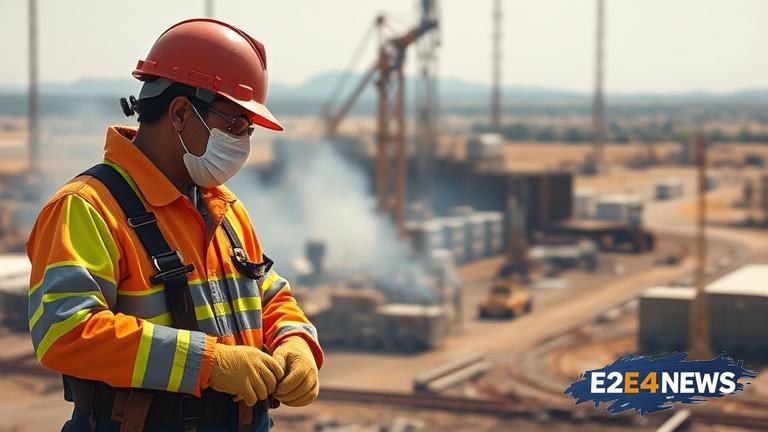The Occupational Safety and Health Administration (OSHA) is contemplating the introduction of the first-ever federal heat standards aimed at protecting workers from the dangers of excessive heat. This initiative comes in response to the increasing number of heat-related illnesses and fatalities, especially among those working in outdoor environments or in industries with high-heat conditions. The proposed standards would establish specific guidelines for employers to ensure worker safety during extreme heat. OSHA has begun the process by holding public hearings to gather input from various stakeholders, including workers, employers, and health experts. The hearings aim to discuss the potential measures, such as mandatory heat indexes, regular breaks, and access to hydration. Advocates argue that these standards are long overdue, given the rising temperatures due to climate change, which exacerbate heat-related risks. Industries such as construction, agriculture, and delivery services, where workers are frequently exposed to high temperatures, would be significantly impacted. Employers may face new requirements to monitor heat levels, provide shade, and ensure adequate rest periods. Some business groups have expressed concerns about the potential costs and practicality of implementing such standards. However, supporters emphasize the importance of preventing heat strokes and other heat-induced health issues, which can be fatal. OSHA’s effort is part of a broader national focus on workplace safety and adapting to the challenges posed by a changing climate. The proposed standards could set a precedent for other countries facing similar issues. The implementation of these standards would mark a significant step forward in protecting worker health and safety. OSHA is expected to review the feedback from the hearings before drafting the final regulations. The agency’s decision could have far-reaching implications for workplace practices across the United States. As the process moves forward, the balance between worker safety and business feasibility will be a key consideration. The introduction of federal heat standards would underscore the growing recognition of environmental factors in workplace safety. This move aligns with increasing awareness of the need for proactive measures to address the health impacts of climate change. The outcome of OSHA’s deliberations will be closely watched by industries, workers, and safety advocates nationwide.
